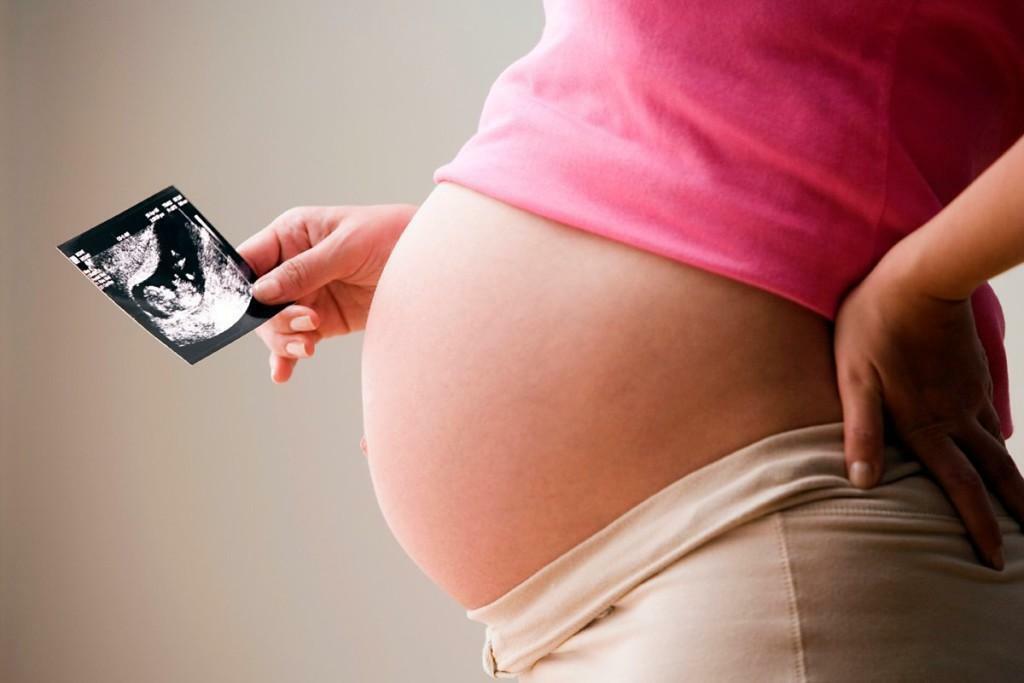GENERAL
Each year die from rabies tens of thousands of people worldwide. The disease is spread in more than 150 countries.
Synonymous with the name of the disease are the "rabies", "hydrophobia", "hydrophobia".
This disease has been known since ancient times. Cases of human infection with rabies from animals (wild or domestic) were described in ancient manuscripts. Up until the end of the XIX century, a person infected with rabies, was doomed to certain death. Only in 1885, Louis Pasteur invented the rabies vaccine, which has since saved the lives of millions of people.

Facts about rabies:
- Specific treatment for rabies still exists.
- According to the World Health Organization (WHO), more than 40% of infected people - children and adolescents. And more than 95% of cases the source of infection are domestic animals - dogs and cats.
- The incubation period usually lasts from a few months to one year. There are cases where the clinical picture of rabies developed in two to three weeks after infection, and even in a few years.
- Basically incubation period depends directly on the localization of the virus penetrating the source (the bite, or licks and t. D.). Thus, the bite to the face and head signs of disease develop more quickly than if damaged limbs, especially the lower ones.
CAUSES
The causative agent of the disease - rabies (Rabies virus), which belongs to the family rhabdovirus.
Facts about rabies exciter:
- The virion has a bullet shape, composed genome comprises ribonucleic acid.
- Rabies virus is sensitive to heat. Thus, elimination of the pathogen at a temperature of 56 degrees occurs for one hour and at 80-100 degrees - one minute.
- Alkaline solutions, iodine, most antiseptic and ultraviolet radiation is also harmful to the virus.
- The virus is neurotropic, ie mainly affects the nervous system.
- After the invasion of the virus into the body of warm-blooded animal or human triggered mechanisms of its replication active in muscle tissue surrounding the site of penetration. Further along the axons of nerve cells of the pathogen enters the central nervous system structure, and then moved back to the periphery, which causes loss of almost all of the nervous system in this pathology.
- The rate of the rabies virus movement in nervous system structures is high enough - about 3 mm per hour. That is why the incubation period in rabies is highly dependent on the localization of infection penetration site and its remoteness from the brain and spinal cord.
Ways virus Rabies virus:
- Circulation and preservation of the rabies pathogen under natural conditions is carried out in a variety of warm-blooded animals. Moreover, some of them (e.g. bats) rabies It may occur in asymptomatic long-form.
- Are most susceptible to infection by some members of canine (eg, wolves, dogs, foxes), cat - lynx, cats and raccoons, badgers and other animals.
- Human infection is made in contact with an infected animal saliva on broken skin or mucous membranes. The most common - a bite or licks or scratches, abrasions, and other external damage.
- Infection by the human are very rare and some scientists dispute.
CLASSIFICATION
Rabies is classified according to several criteria.
According to the type of infection:
- Urban.
- Natural.
The clinical stage of disease:
- Starting (depression).
- Excitation.
- Paralysis.
The duration of each step is usually from one to three to five days.
According to the clinical forms:
- Bulbar.
- Meningoencephalitic.
- Cerebellar.
- Paralytic.
SYMPTOMS
The rate of development of the disease depends on the location of the bite and the amount of penetrated virus.
The main manifestations of rabies:

- The first symptoms of the disease are abnormal sensations in wound bitten (Even if it is already healed): tingling, burning, itching, hypersensitivity, etc...
- Febrifacient, A headache, often nausea, repeated vomiting. May appear muscle pain, sore throat, dry cough.
- It expressed a sense of anguish, of fear. The patient disturbed sleep and appetite, Which is manifested by insomnia or nightmares. Comes apathy.
- After a few days the apathy is replaced by sharp agitation, anxiety.
- The most typical manifestation of the disease in the second step is hydrophobia (rabies). When attempting to drink a patient arises convulsive spasms of the pharyngeal muscles. Subsequently, a muscle spasm occurs even at the mention of water.
- Seizures may occur when exposed to face the air flow suddenly appears bright light or loud sound.
- patient gaze directed at a single point, Pupils at the same time expanded. Often reveals painful salivation (sialoreya).
- Characteristic is the occurrence of rapid mental and motor excitation accompanied bouts of unprovoked aggression, violence and rage. In this case, the patient tossing in bed, could unjustly hit or bite someone from the surrounding. Comes dizziness, accompanied by visual or auditory hallucinations, which are often intimidating character.
- In the third step having common paralysis of the limbs, face, Pharyngeal muscles, tongue, and so on. D. Death usually occurs over one or two days as a result of cardio-respiratory stop.
Duration of the disease is usually 6-8 days. There are cases of the disease and short - from one to three days.
Sometimes there is an atypical course of the disease, especially in children. In this case there may be no period of excitation, and muscle paralysis spreads all over the body gradually, starting from the bite.
DIAGNOSTICS
Diagnostic measures for suspected rabies include several approaches.
diagnostic criteria:
- A history indicating a violation of the integrity of skin and / or mucous membranes with saliva hit animal suspected of having rabies.
- Specific clinical manifestations of the disease.
- Positive results of a survey on rabies suspect animals (if possible) and an infected person.
During the general clinical research techniques pathognomonic signs of the disease is not detected. various specific laboratory tests are used to confirm the diagnosis.
The principles of laboratory diagnosis of rabies:
- To confirm the in vivo diagnosis of skin biopsies investigated (typically - with neck and back of the neck), corneal smears, swabs and saliva cerebrospinal fluid.
- Used laboratory methods based on isolation of the virus, determine its RNA and antigen.
- It is necessary to conduct several tests to confirm the diagnosis.
- In the post-mortem diagnosis is mainly used, histological examination of biopsy of the brain. Thus detected characteristic calf Babes-Negri. Sometimes you need to implementation and other immunoassays.
Methods of laboratory confirmation of rabies:
- Reaction immunofluorescence (RIF). It is used for rapid analysis of rabies.
- Linked immunosorbent assay (ELISA).
- Reaction diffusion precipitation. It is used less frequently because of lower specificity compared to IFA and RIF.
- Polymerase chain reaction (PCR). It is used to determine the RNA of the pathogen in the biological material. The modern and highly sensitive method of diagnosis.
- Virus isolation technique (bioassay on white mice and in cell culture) is now used very rarely.
rabies Treatment

specific treatment of the disease is not. Unfortunately, all patients with symptomatic rabies die.
In the event of disease manifestations can only hold a symptomatic treatment: application of anesthetics, anticonvulsants, etc...
If within the shortest possible time after the alleged infection of a policy of preventive measures, the development of the disease in most cases can be avoided.
COMPLICATIONS
With the development of fatal disease manifestations inevitable due to lack of effective treatments. Death comes from paralytic stop breathing and cardiac activity.
PREVENTION
Upon contact (or bite or licks) with an animal with rabies symptoms should urgently seek medical assistance at any nearest health facility.
At the same time as possible should be placed under observation for such animals for ten days. To this end, a suspicious animal is delivered to the vet, who reports on the results of the supervision of medical institutions carrying out vaccination of the affected person.
Directions preventive measures:
- Nonspecific. Local wound treatment - immediate washing with soap and water, detergents, disinfectants, etc.. The duration of this treatment should not be less than 15 minutes.
- Specific. Application of rabies vaccine and specific immunoglobulin as immunization.
Indications for vaccination:
- Contact with obviously diseased, suspicious, unknown or wild animals.
- With any injury subjects, which are particles of saliva or brain matter such animals.
- Contact with apparently healthy at the time of an animal that over the ten-control term ill, died or disappeared.
- If or licks or injury to the skin and / or mucous membranes, which are deposited a sick person.
Rabies vaccine is administered once a day and more bite in a specific pattern is performed five injections within four weeks. WHO recommends an additional holding even a single injection of the vaccine in three months from the start of a specific vaccination.
Rabies immunoglobulin is used when indicated. Typically, it is a solution cut away the bite.
Another area of specific prevention is vaccination of persons at risk: hunters, veterinarians, cavers, and so on..
Pets must undergo anti-rabies vaccination in accordance with veterinary calendar.
FORECAST FOR RECOVERY
The prognosis for the development of a typical clinical picture of rabies always unfavorable. The lethal outcome is likely in almost all cases.
With timely and proper application of preventive measures after suspected infection is almost always possible to avoid the progression of the disease.
Found a bug? Select it and press Ctrl + Enter



